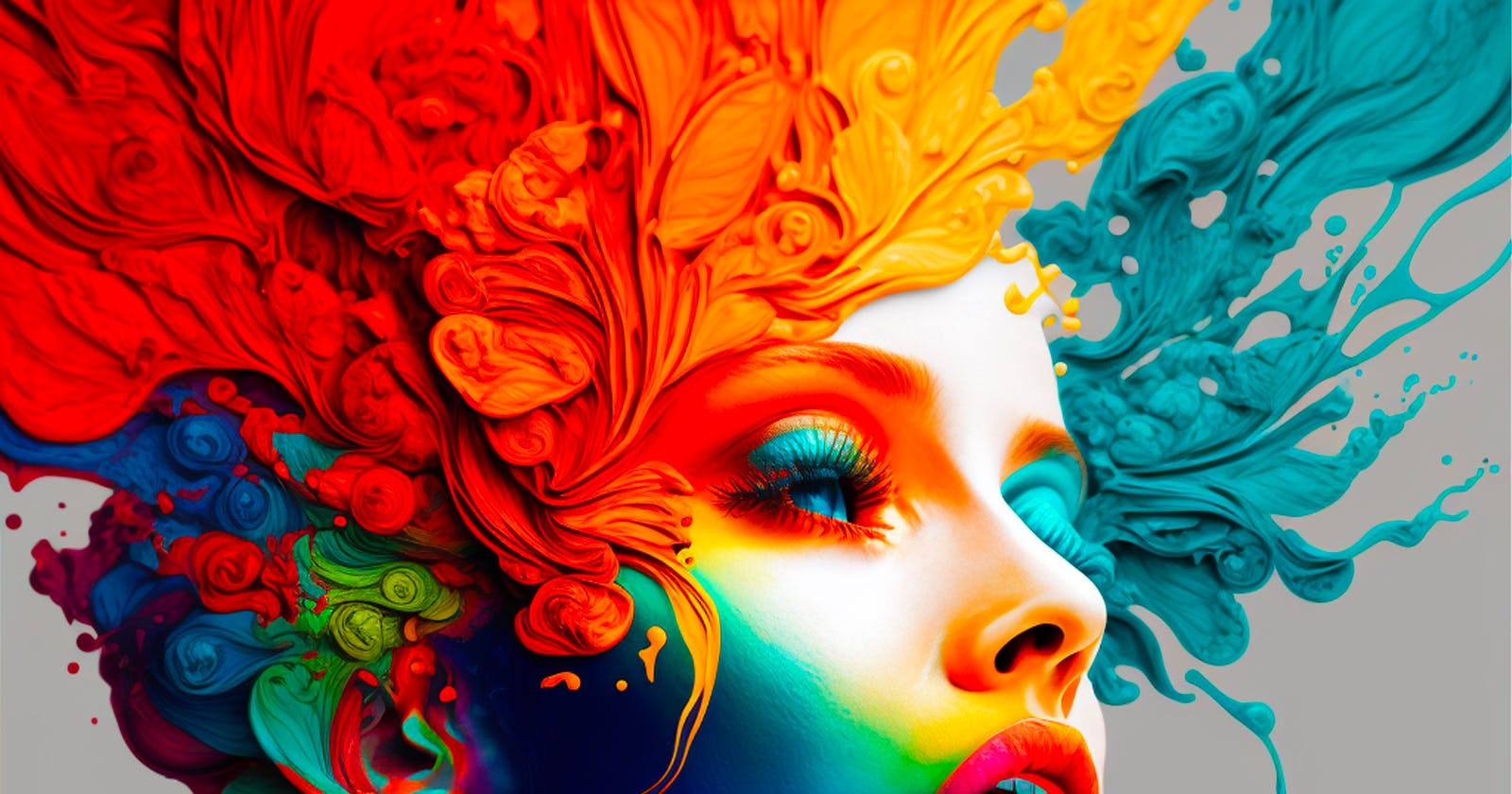The Power of Colour: How Different Hues Affect Your Mood and Behaviour
Colour psychology is the study of how colours influence human behaviour and emotions.
Color psychology is the study of how colors affect human behavior and perception. Different colors can evoke different emotions, memories, and responses in people, and color can be used as a powerful tool in design and marketing to influence the way people feel and act.
Many factors can influence the way people perceive and respond to color, including cultural associations, personal experiences, and the context in which the color is used. For example, the color red may have different associations in different cultures, and the same color may evoke different emotions depending on whether it is used in a restaurant or a hospital.
In design and marketing, color can be used to create the desired mood or to draw attention to a particular element. For example, a company may use the color red in its branding to convey a sense of excitement or energy, or it may use blue to convey a sense of trustworthiness and reliability.
Here is some more information about some common colors and their associations:
Red: Red is often associated with strong emotions such as love, passion, and aggression. It is also associated with danger and warning signs. In design, red can be used to grab attention and create a sense of urgency.
Orange: Orange is often associated with warmth, happiness, and energy. It is often used to create a cheerful and inviting atmosphere.
Yellow: Yellow is often associated with happiness, cheerfulness, and optimism. It is also associated with caution and warning signs. In design, yellow can be used to grab attention and convey a sense of friendliness.
Green: Green is often associated with nature, tranquility, and growth. It is also associated with money and prosperity. In design, green can be used to create a sense of calm and balance.
Blue: Blue is often associated with calmness, trustworthiness, and intelligence. It is also associated with loyalty and stability. In design, blue can be used to create a sense of trust and reliability.
Purple: Purple is often associated with royalty, luxury, and creativity. It is also associated with spirituality and mystery. In design, purple can be used to convey a sense of sophistication and luxury.
Pink: Pink is often associated with love, romance, and femininity. It is also associated with softness and sweetness. In design, pink can be used to create a warm and welcoming atmosphere.
Brown: Brown is often associated with nature, stability, and reliability. It is also associated with a down-to-earth and practical approach. In design, brown can be used to create a sense of warmth and comfort.
Black: Black is often associated with power, sophistication, and mystery. It is also associated with death and evil. In design, black can be used to create a sense of sophistication and luxury, or to convey a sense of drama or mystery.
White: White is often associated with purity, cleanliness, and innocence. It is also associated with simplicity and minimalism. In design, white can be used to create a sense of cleanliness and simplicity.
Gray: Gray is often associated with neutrality, stability, and sophistication. It is also associated with aging and wisdom. In design, gray can be used to create a sense of balance and calm or to convey a sense of sophistication and luxury.
Gold: Gold is often associated with wealth, luxury, and glamour. It is also associated with success and achievement. In design, gold can be used to convey a sense of luxury and sophistication.
Silver: Silver is often associated with sophistication, modernity, and technology. It is also associated with sleekness and elegance. In design, silver can be used to create a sense of sophistication and modernity.
Copper: Copper is often associated with warmth, richness, and luxury. It is also associated with tradition and history. In design, copper can be used to create a sense of warmth and sophistication.
Bronze: Bronze is often associated with tradition, history, and strength. It is also associated with sophistication and luxury. In design, bronze can be used to create a sense of sophistication and luxury, or to convey a sense of strength and durability.
Maroon: Maroon is a deep, rich shade of red that is often associated with sophistication, elegance, and luxury. It is also associated with tradition and history. In design, maroon can be used to create a sense of sophistication and elegance.
Turquoise: Turquoise is a vibrant, blue-green color that is often associated with nature, tranquility, and relaxation. It is also associated with creativity and spirituality. In design, turquoise can be used to create a sense of calm and balance.
Lavender: Lavender is a soft, pale shade of purple that is often associated with femininity, romance, and luxury. It is also associated with relaxation and calmness. In design, lavender can be used to create a sense of romance and sophistication.
Overall, color psychology is a complex and multifaceted field, and understanding the psychological effects of color can be useful in a variety of contexts, including design, marketing, and psychology.

